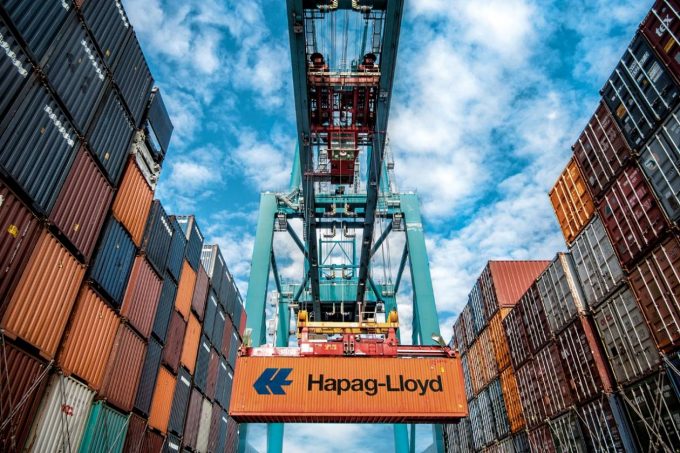Transpacific set to see record level of ship capacity in July as rates crash
The transpacific trade continues to descend into something akin to chaos – with major deepsea ...

Despite seeing first-quarter carryings increase 6.8% to 3m teu, German carrier Hapag-Lloyd saw revenues and earnings decrease year-on-year due to lower average freight rates, which declined from $1,999 per teu in the first quarter of 2023 to $1,359.
As a result, revenues fell 24% to $4.26bn ...

Comment on this article